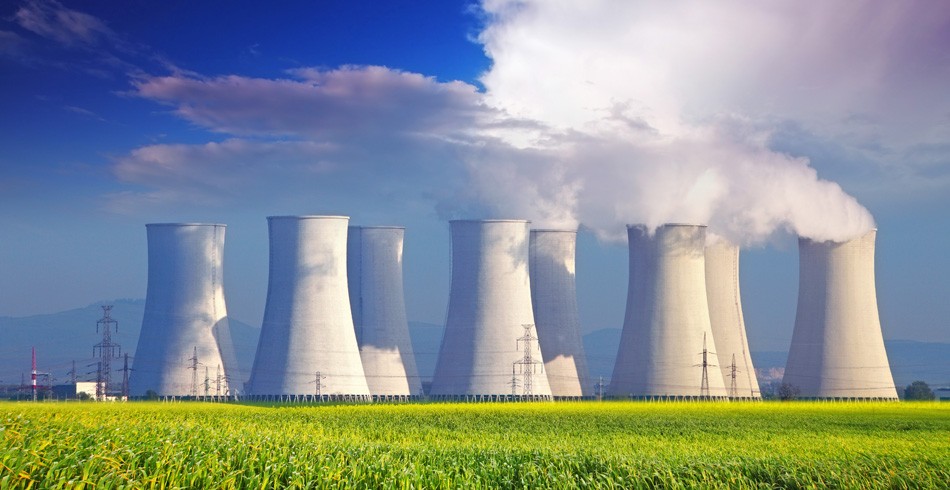A surge in new nuclear plants coming online globally is helping reduce emissions and meet electricity demand, but more is needed, according to the World Nuclear Association.
World Nuclear Association director general Agneta Rising spoke in a debate on the role of nuclear power in a sustainable energy mix at Atomexpo 2018 in Russia this week.
“In the five years from 2015 to 2019, we should see 55 new reactors start in twelve countries, two of those countries hosting their first nuclear power plant,” Ms Rising said.
“With a combined capacity of 55GWe, this new nuclear generation will avoid the emission of more than 400 million tonnes of carbon dioxide each year, compared to coal.
“It is equivalent to adding nearly 15 per cent to global nuclear capacity.”
Ms Rising said nuclear energy had a vital role to play in a global sustainable energy mix, providing a strong foundation of reliable and low carbon generation to help support the more variable generation of other clean energy options.
She also pointed out hosting a nuclear power plant “brings a lifetime of investment into a community, investment in jobs, investment in infrastructure and investment in local economies.”
The nuclear industry has put forward the Harmony goal, a vision of a future energy system where nuclear energy supplies 25 per cent of global electricity demand by 2050 as part of a low carbon generation mix, which would require 1000GW of new nuclear build.
Ms Rising said it made no sense to subsidise technologies that generate low carbon electricity some of the time if it results in the closure of a nuclear plant that generates low carbon electricity all of the time.
“We need to work together because we need all low carbon options to make a future clean energy system work,” she said.
“And we need the whole nuclear community – from research, government, regulation, design, operation, decommissioning and waste management – to play their respective roles towards our common Harmony goal.”
There have been calls by industry groups in Australia to remove the current nuclear power prohibition.
According to a report released by the Minerals Council of Australia (MCA) in September, Removing the Prohibition on Nuclear Power, Australia “tied one hand behind its back” as recently as 1998, when a ban on nuclear power “slipped” into legislation centralising radiation regulation.
MCA executive director of uranium Daniel Zavattiero said with the current energy crisis in Australia, the country should remove the “outdated” prohibition.
“The country deserves to have all energy options on the table to consider in future,” he said.
“Australia’s long history of reliable uranium production and supply, its world class research reactor in Sydney, and its strong non-proliferation reputation provides a base of expertise and experience with which international nuclear innovators would dearly like to work.
“The removal of the prohibition will mean nuclear will be properly considered on merit and before any project is built, it would need to satisfy stringent environmental and regulatory standards and be approved by the federal government.”
According to Energy Resources of Australia (ERA) chairman Peter Mansell, nuclear should be part of the solution to fix the energy crisis in Australia.
ERA has operated the Ranger uranium mine in the Northern Territory for more than 35 years.
Ranger is one of only a few mines in the world to produce more than 120,000 tonnes of uranium oxide.
“Australia is home to 31 per cent of the world’s known uranium resources. Yet, all of the uranium that we produce is exported, under strict safeguards,” he said.
“None is used domestically. Developed countries such as the United States, Japan, France and Germany buy Australian uranium to power their nuclear plants.
“This raises a few questions if Australia has such vast resources of uranium oxide, and if Australia has the energy generation crisis that we all know it has, why doesn’t Australia include nuclear energy as part of its mix for baseload power supply?”






